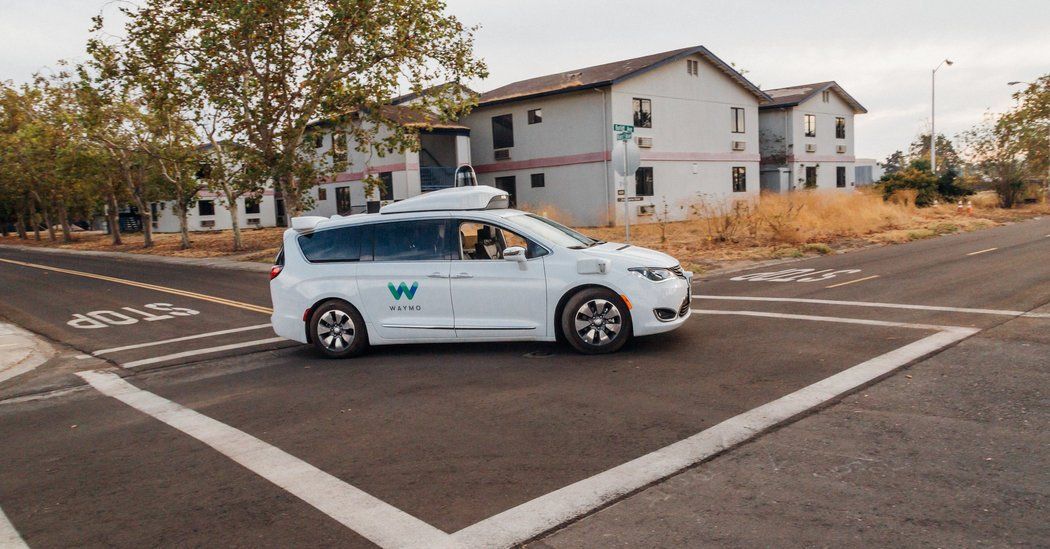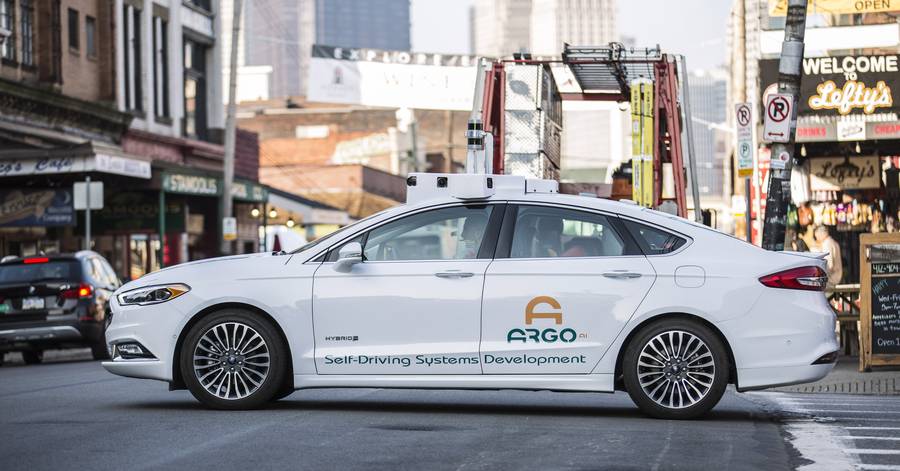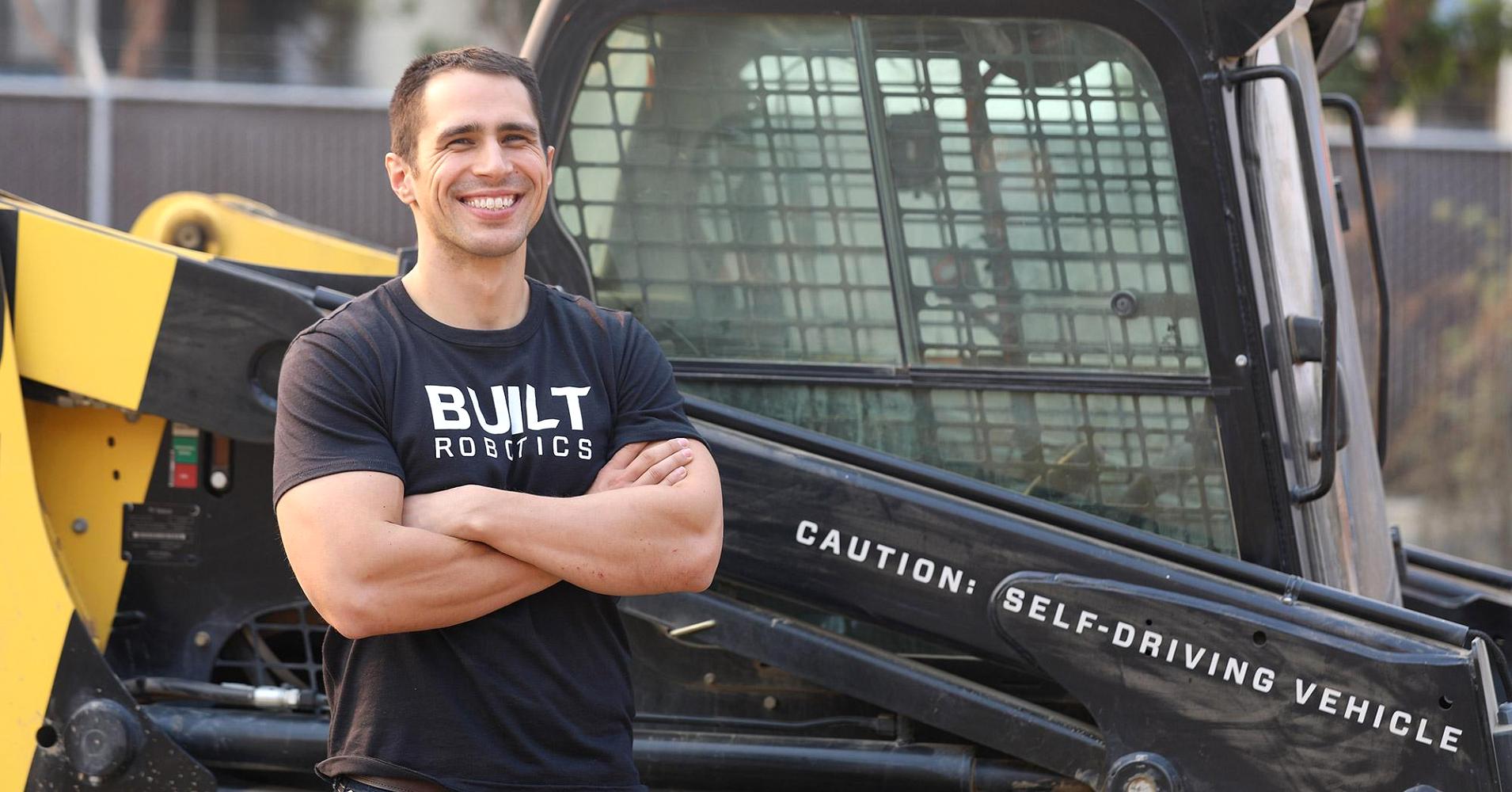Click here to subscribe to The Economist on YouTube: http://econ.trib.al/rWl91R7
By 2050, two thirds of the world’s population will live in cities. Urbanisation is happening faster than at any time in human history.
Globally, 900 million people are living in slums. Cities can’t add housing fast enough. Today, an estimated one billion vehicles are already bringing urban areas to a standstill. Cities consume three-quarters of the world’s energy each year and are responsible for around 50% of greenhouse gas emissions.
These are challenges our cities have been facing for decades.
But now some city leaders, businesses, and even citizens, are taking new approaches to tackling these old problems. They’re transforming their cities with technology.
In Seoul, the use of data is seen as the key to tackling some of the big challenges of city life — like moving its people around. City workers here use sophisticated technology to understand and transform how the city — and its metro — can be run. The subway system transports 7 million people every day. It’s widely regarded as one of the best in the world. And the entire network from wheels to workers is driven by data.




